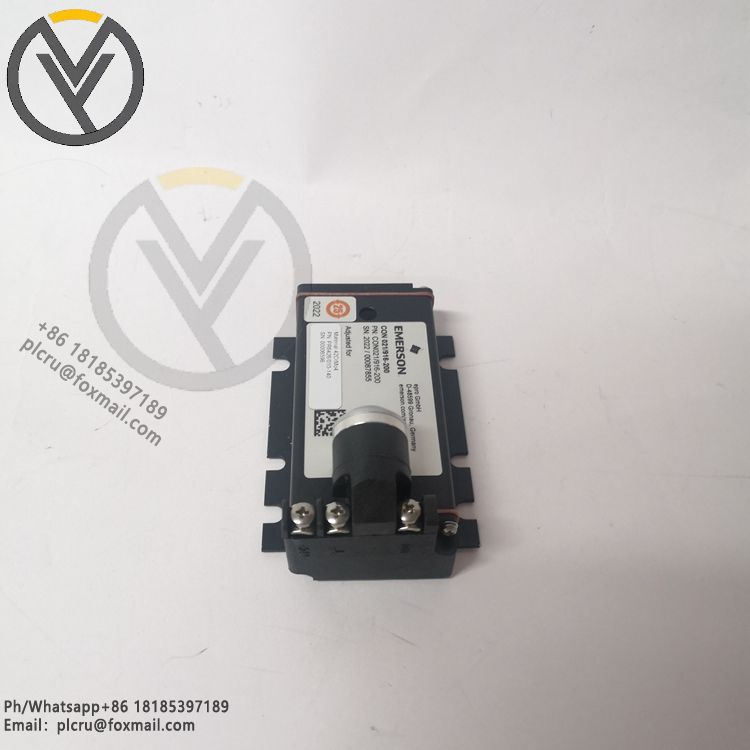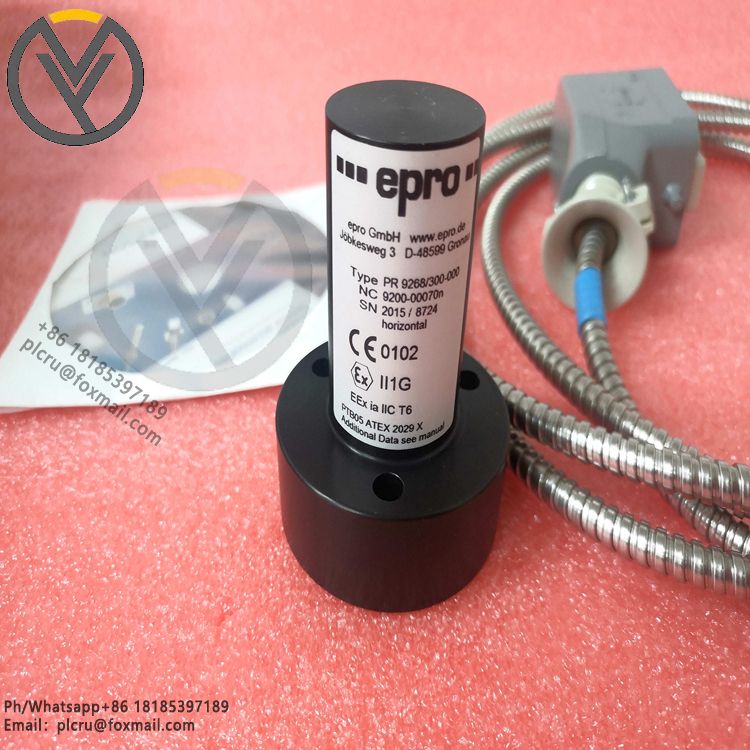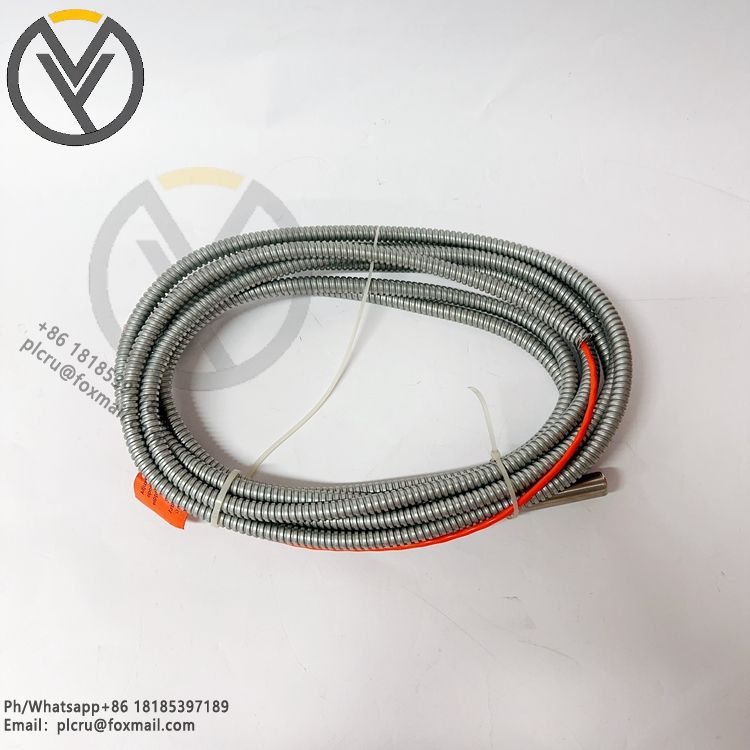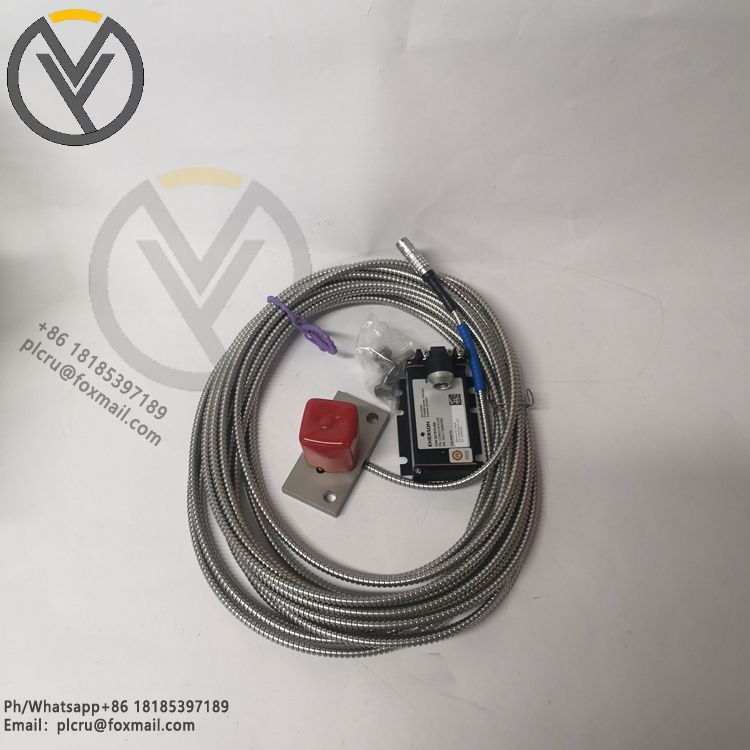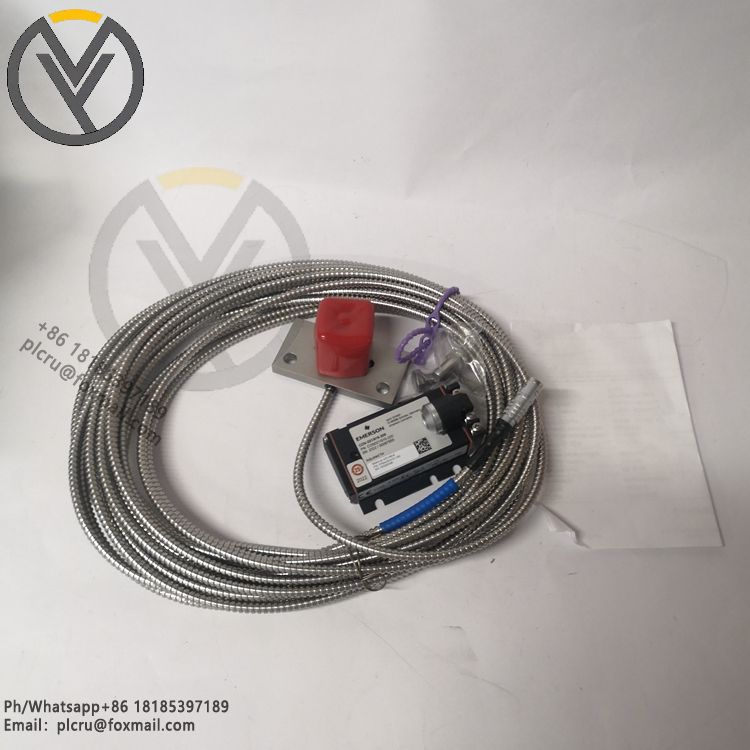
EPRO PR6423/00R-000 Eddy current sensor
Delivery time 3 days
Product origin New/used
Email plcru@foxmail.com
Mobile/wechat /WhatsApp +86 18185397189
The EPRO PR6423/00R-000 Eddy current sensor is a sensor product manufactured by
The EPRO PR6423/00R-000 Eddy current sensor is a sensor product manufactured by EPRO with a range of characteristics and applications. The following is a detailed description of the sensor:
Product Overview:
Model: EPRO PR6423/00R-000
Type: Eddy current sensor
Manufacturer: EPRO
Features:
Non-contact measurement: The sensor can measure the distance between the measured metal conductor and the probe surface statically and dynamically without contact, with high linearity and high resolution.
Measurement range: suitable for the measurement of a variety of physical quantities, such as shaft vibration, shaft displacement, shaft eccentricity, etc.
Explosion-proof rating: It can be used in the environment where explosion-proof is required, and the explosion-proof rating can reach Eex ib IIC T6/T4.
Standard compliance: Meets a variety of common standards, such as API 670, DIN 45670, ISO 10817-1, etc.
Temperature range: Suitable for a wide range of temperatures, from -35℃ to +380℃.
A variety of configurations: provide a variety of models and configurations for users to choose, such as different lengths of thread, the end of the cable can choose self-locking waterproof joint or bare wire mode.
Applications:
The sensor is widely used in various industrial fields and laboratories, especially for various turbomachinery, such as turbine monitoring and protection systems MMS 3000 and MMS 6000.
It can be used to measure the gap between the rotating part and the fixed part, the vibration and eccentricity of the shaft, the radial and axial displacement of the shaft, the wear of the bearing shell, the thickness of the oil film, etc.
Technical data:
The sensors and precursors have been linearly calibrated using the calibration material 42CrMo4 before leaving the factory, so no further calibration is required during installation.
The user only needs to adjust the air gap between the sensor and the measuring surface to get the desired signal from the output of the preprocessor.


